
As a recent father, I want to teach my son that heroes can come in all shapes and sizes. That being heroic can mean being brave on the field of battle but it can also mean doing the right thing, even if it is unpopular. In other words, I want my son to know that there are heroes like Superman but there also everyday heroes in our own community that look like normal every day folks.
Here is my top five unsung heroes from Japanese American history that I think my son (and everyone else) should know, after the jump.
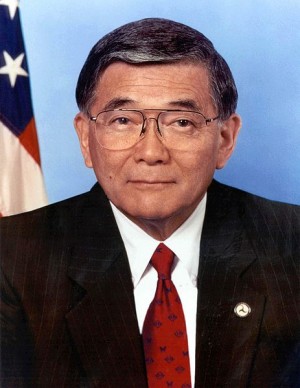 Norm Mineta
Norm Mineta
Mineta was the mayor of San Jose, a congressperson, and the Secretary of Commerce and the Secretary of Transportation in the Clinton and George W. Bush administrations respectively. But when I think of him, I think about how on 9/11 he reminded the President and others in the Executive Branch of the unjust incarceration of Japanese Americans during World War II and in his way made sure it did not happen again to another group of people during a time of national panic and hysteria.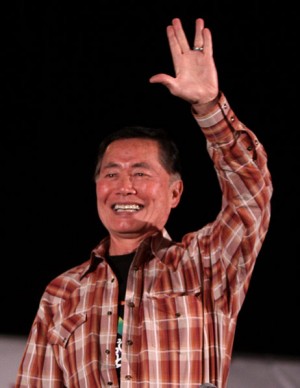
George Takei
Takei is best known for playing Sulu on the original Star Trek television show. But it is what he did after the show ended that interests me most. I believe his coming out forced people in the Japanese American community to question their prejudices towards gays and lesbians. Because Takei is so a well-respected and liked, I heard various (older) people in the community tell me they were forced to reconsider their position on marriage equality and other LGBT issues.
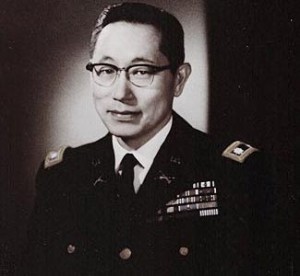 Colonel Young Oak Kim
Colonel Young Oak Kim
When people think of the 442 Regimental Combat Team, they think of brave young Japanese Americans sacrificing their lives for their country and thereby proving their loyalty. However, what most people don’t know is that one of the combat leaders of the 442nd was actually Korean American. Kim distinguished himself in battle during World War II and the Korean War and eventually won 19 medals. In addition, he helped found important API organizations that continue his legacy: Go for Broke Educational Foundation, the Japanese American National Museum, the Korean Health, Education, Information and Research Center, the Korean American Coalition, the Korean American Museum, the Korean Youth and Cultural Center, and the Center for Pacific Asian Families.
Sei Fujii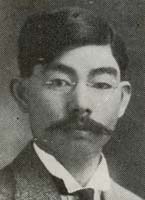
Fujii, a USC law school graduate, was unable to practice law because of racist naturalization laws, but he nonetheless still managed to fight for the rights of not only Japanese Americans but all Americans. In the 1920s, he successfully challenged a law forbidding a “Japanese” hospital from being built and then in 1952 he got the California Alien Land Law, which prevented aliens ineligible for citizenship from owning land in California, overturned.
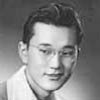 Yosh Kuromiya
Yosh Kuromiya
Much of the narrative of Japanese American World War II experience has focused on the bravery of the young Japanese American soldiers in the 442nd. Kuromiya’s story strays far from that narrative. At the age of 19, he made the principled decision against fighting for a country that had incarcerated him and his family based only on their ethnic background. He faced not only prison time (he was sentence to three years) but he was also ostracized both from within the community and from society at large.
Did I forget someone? Let me know who your unsung Japanese American history hero by leaving a comment.








